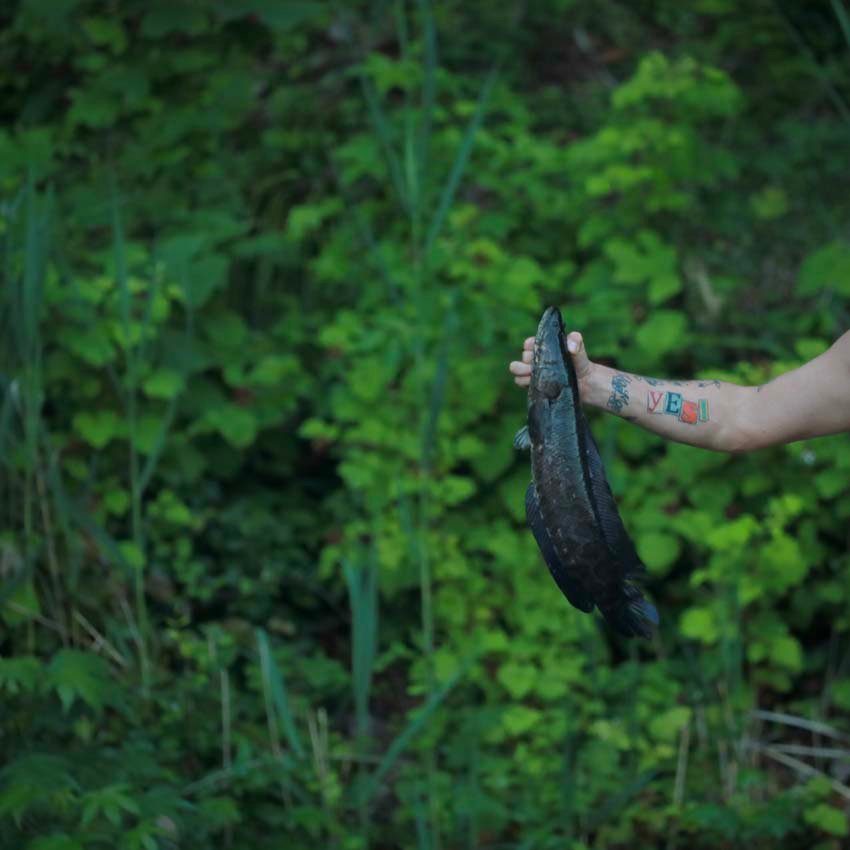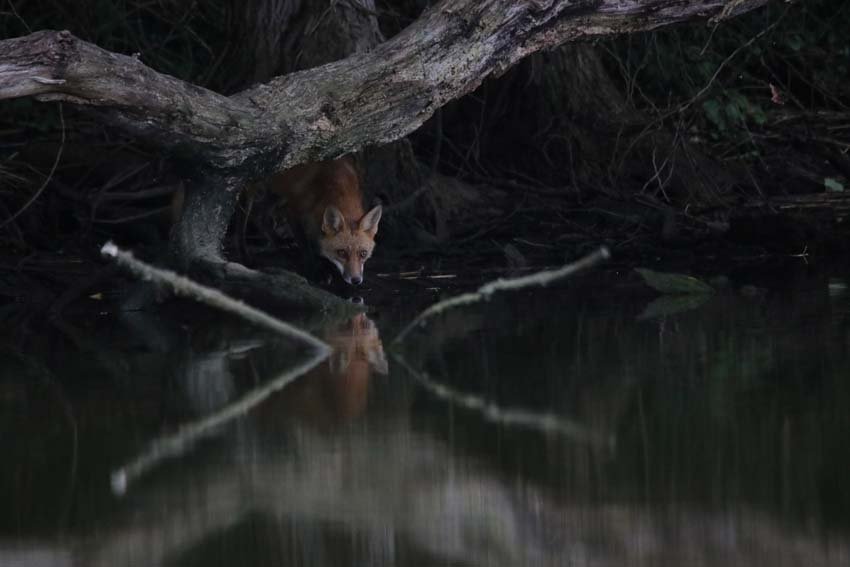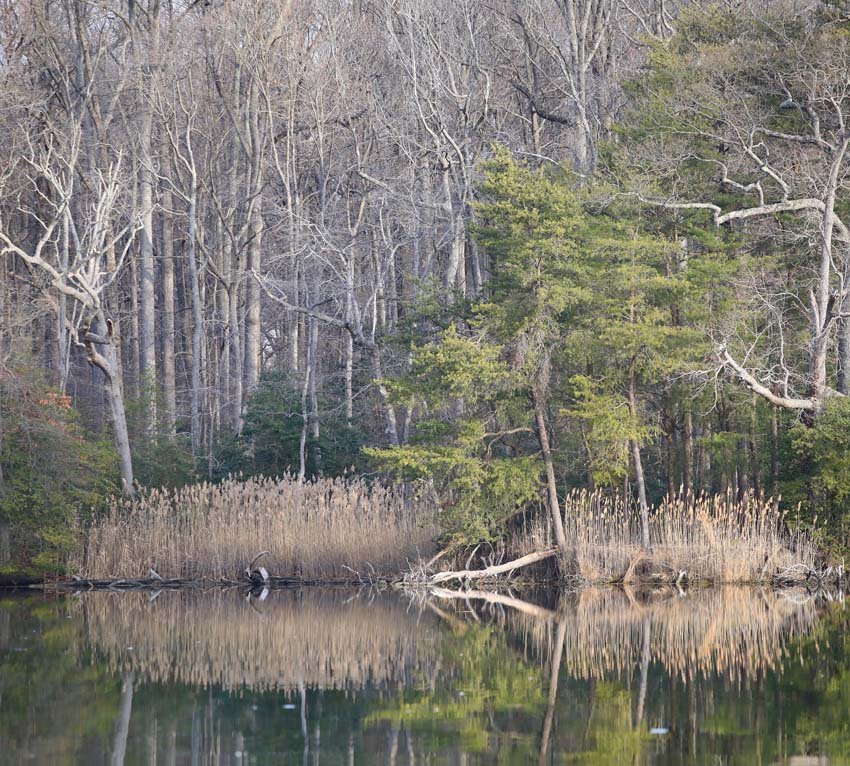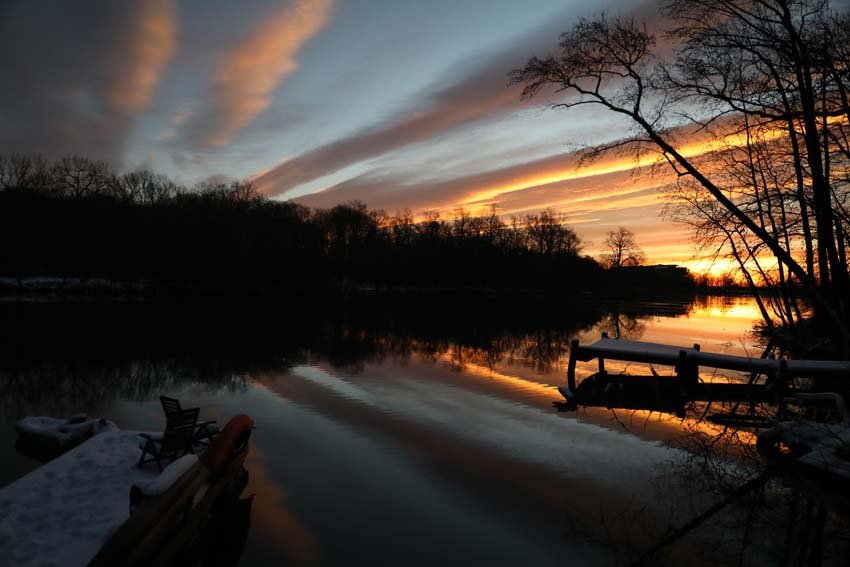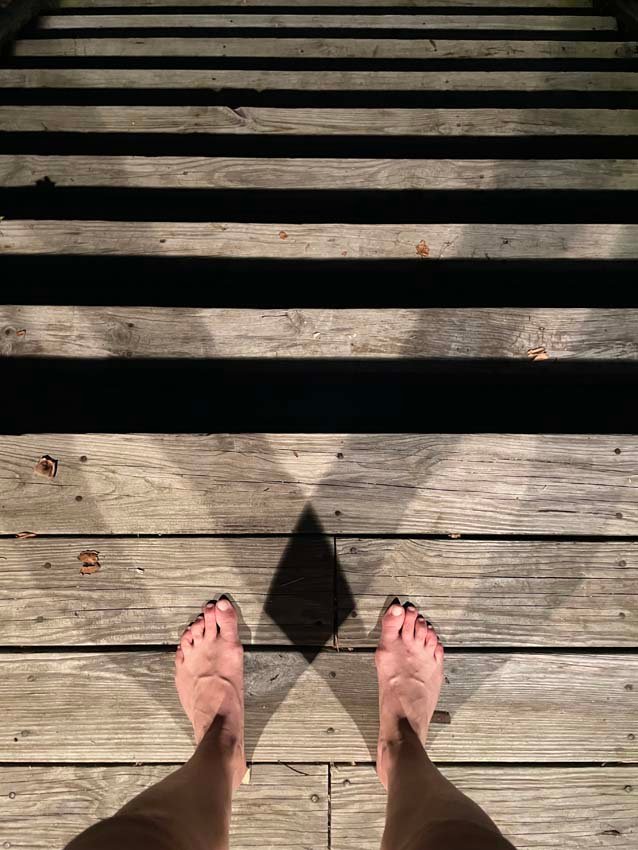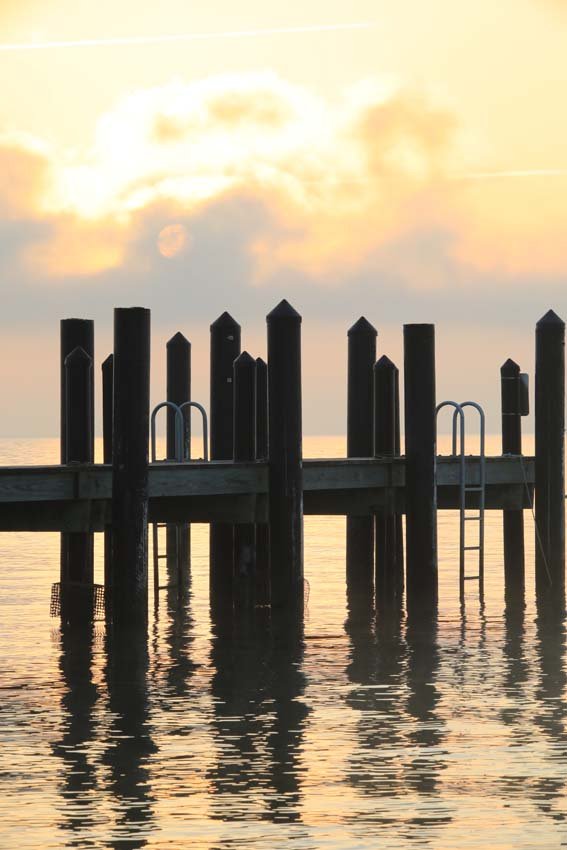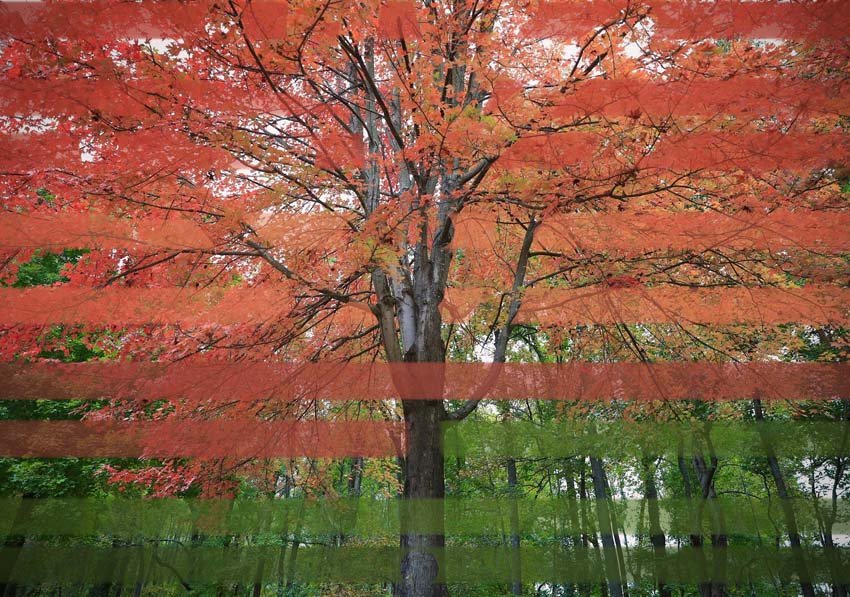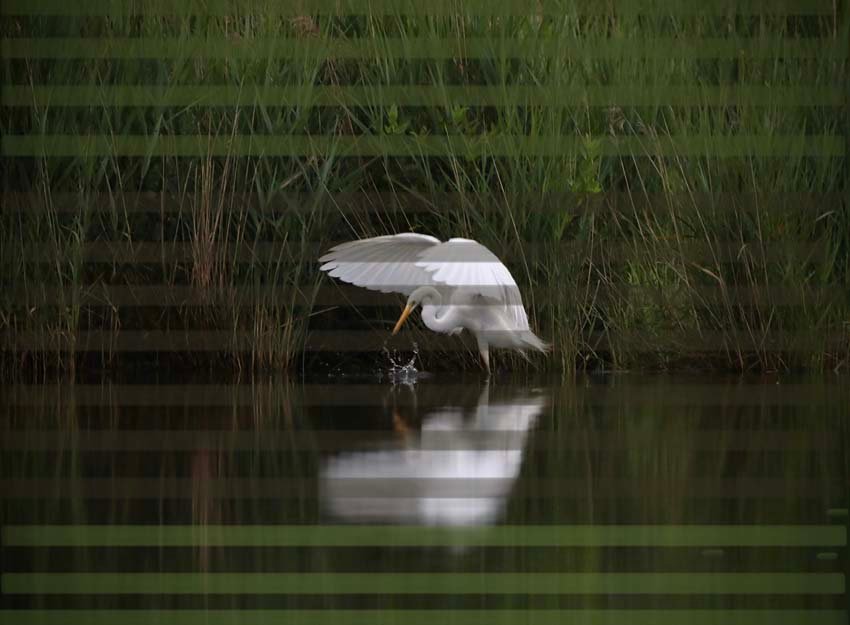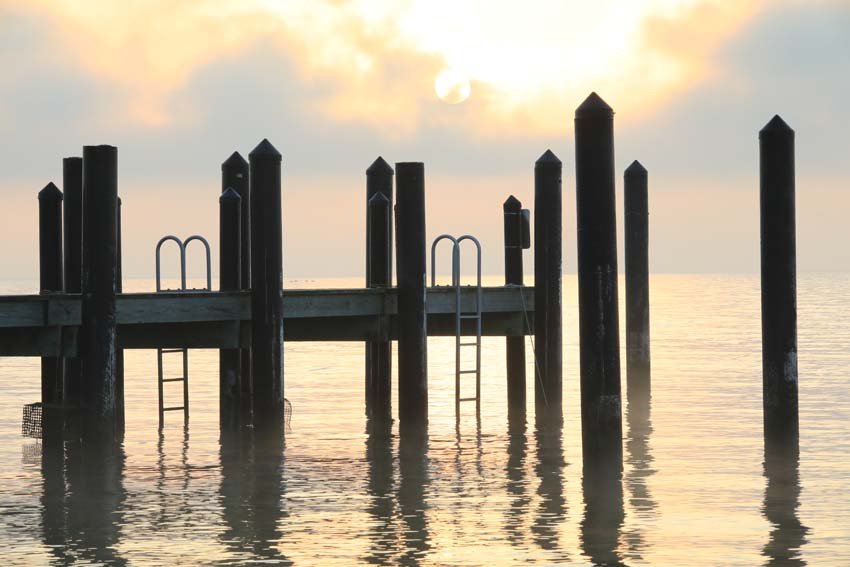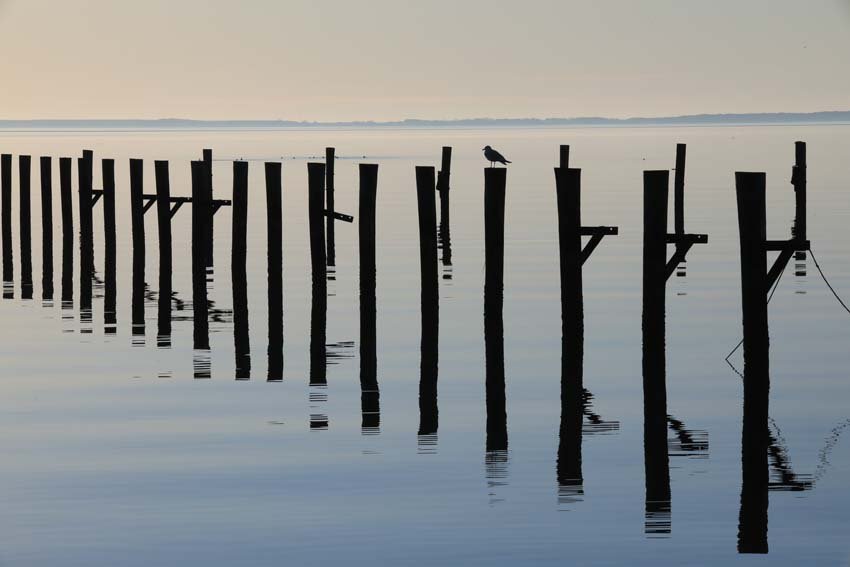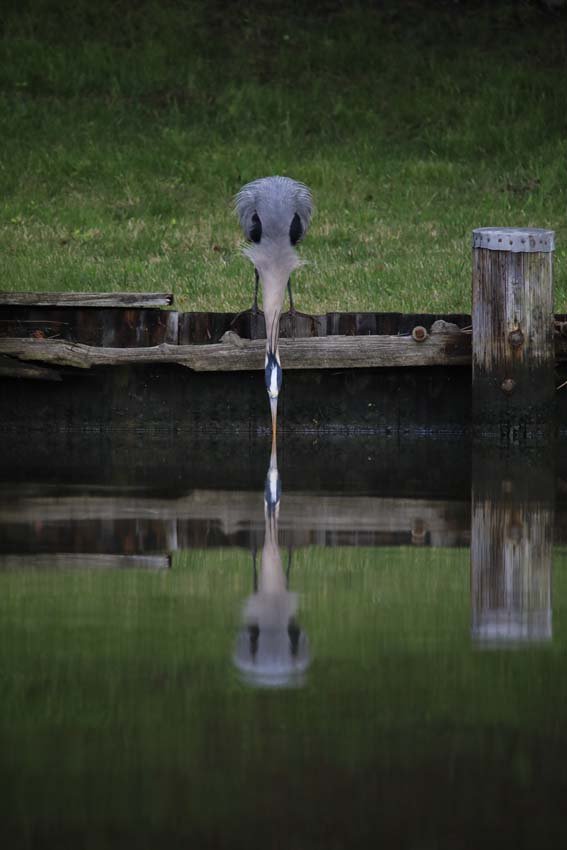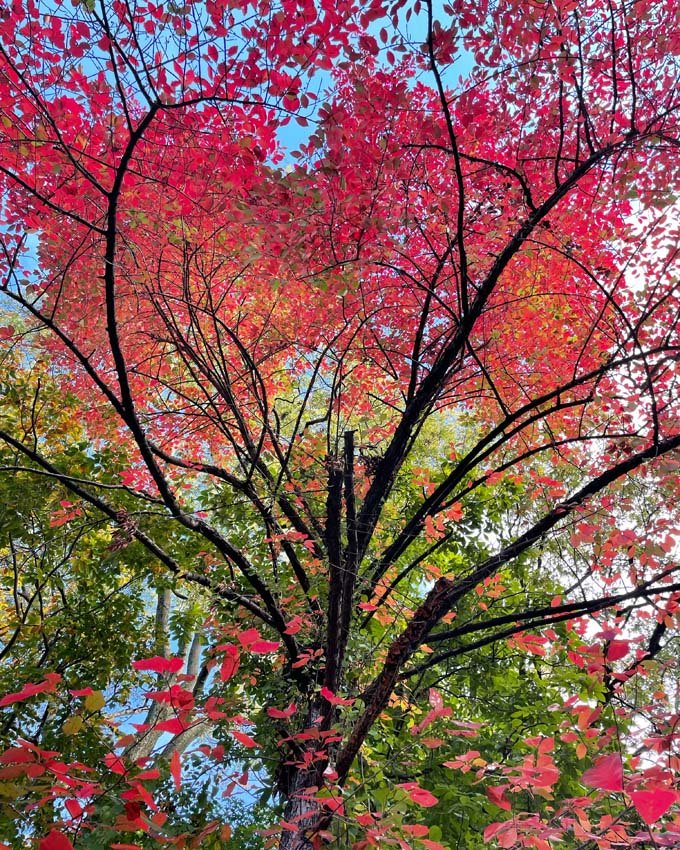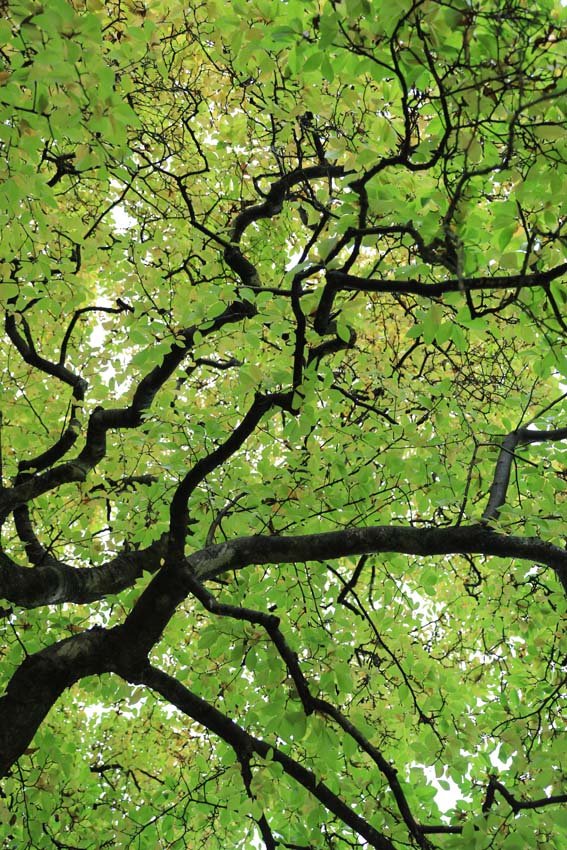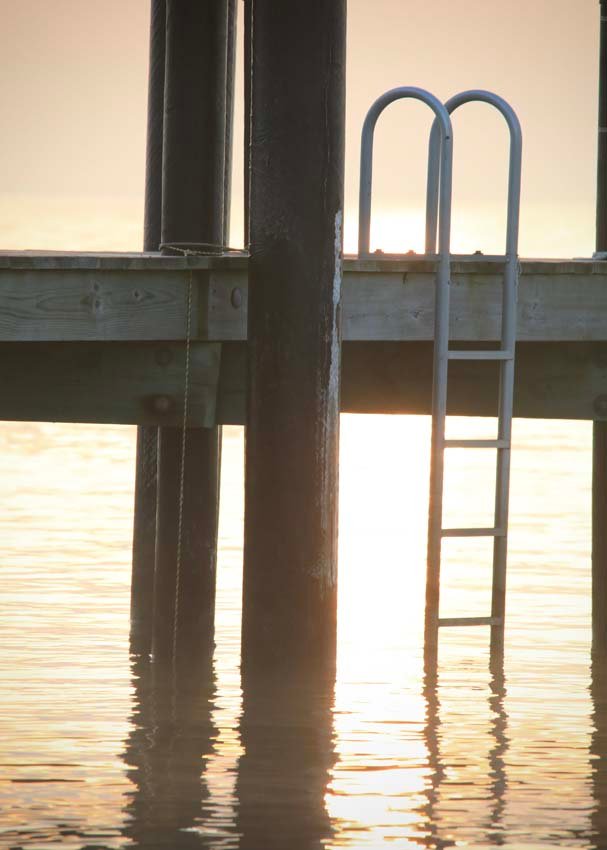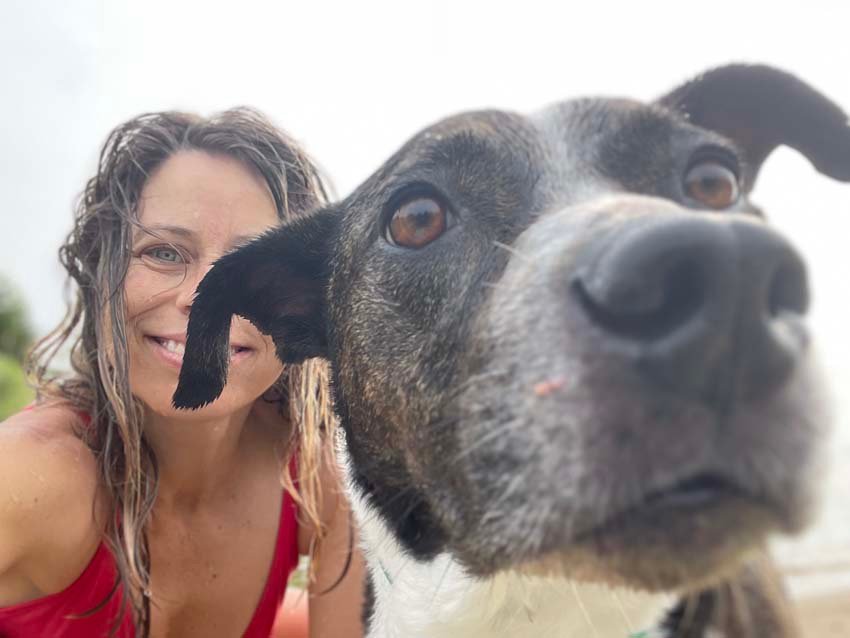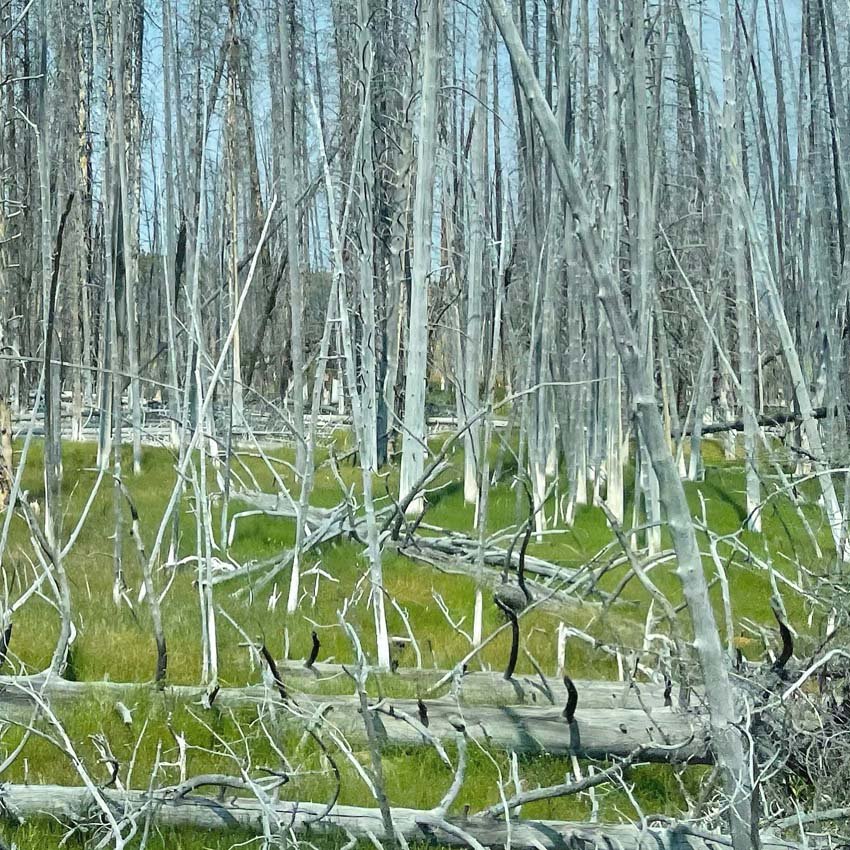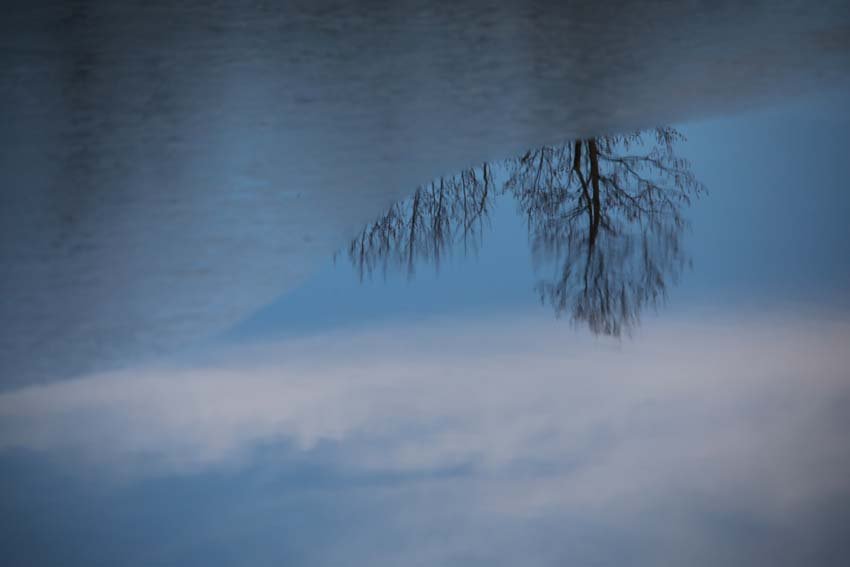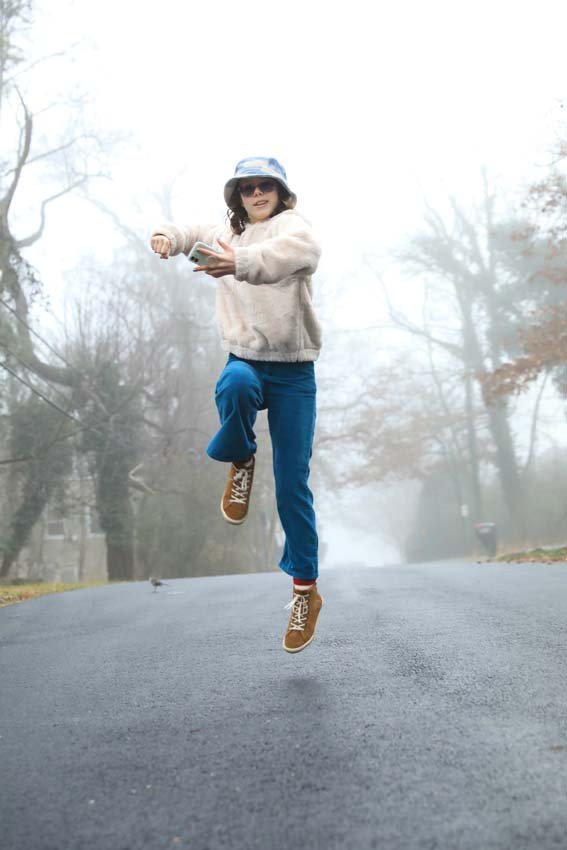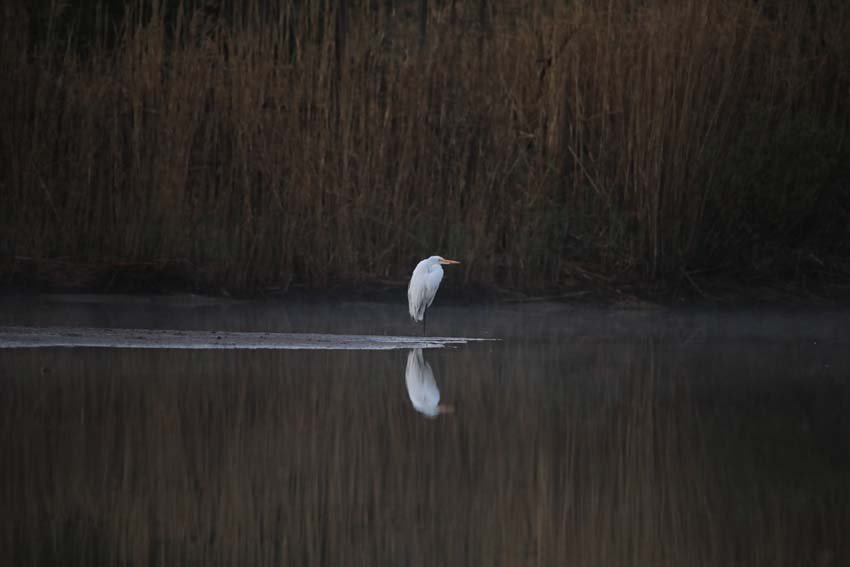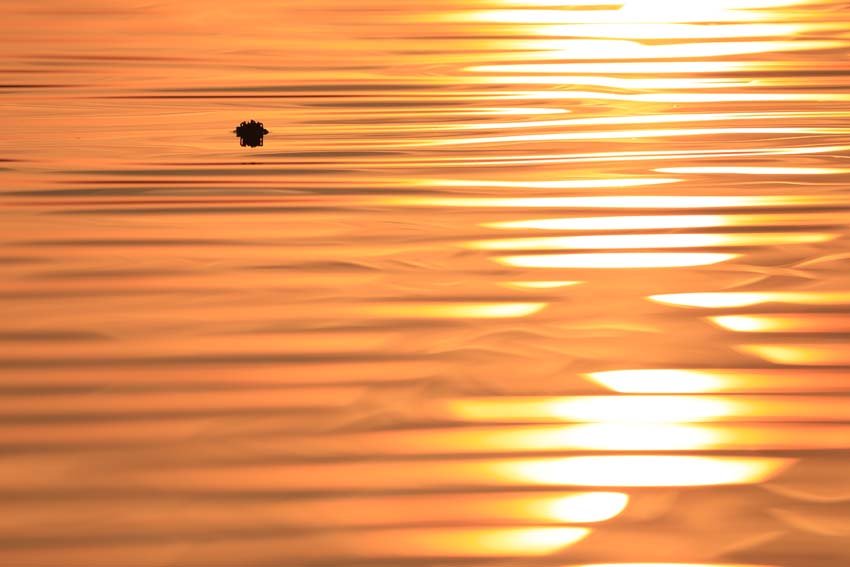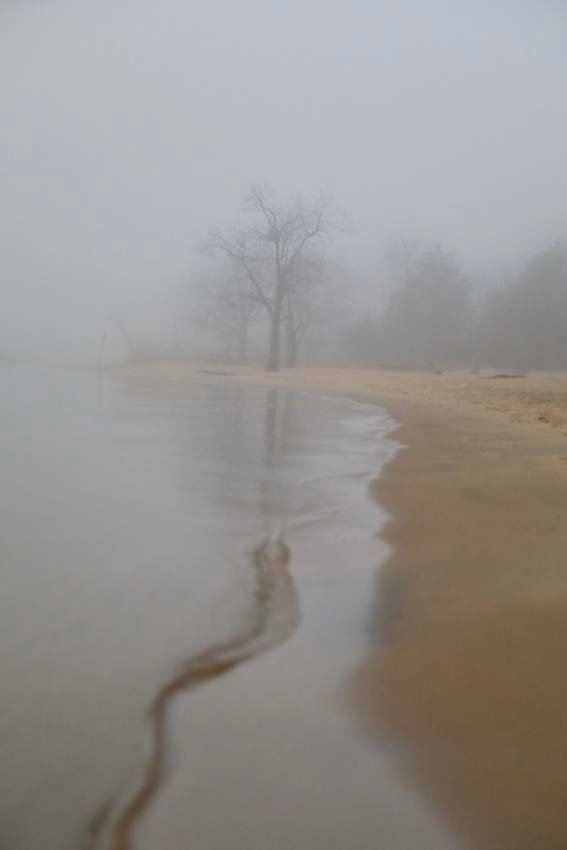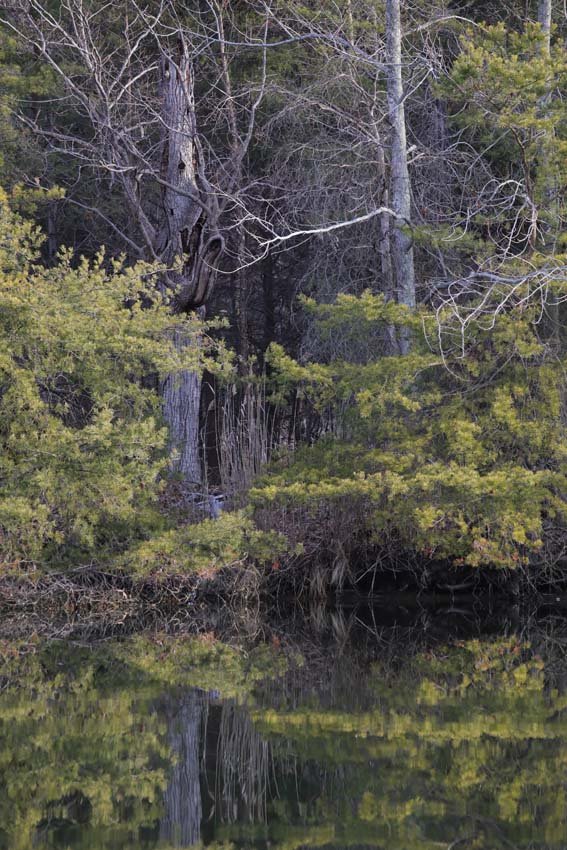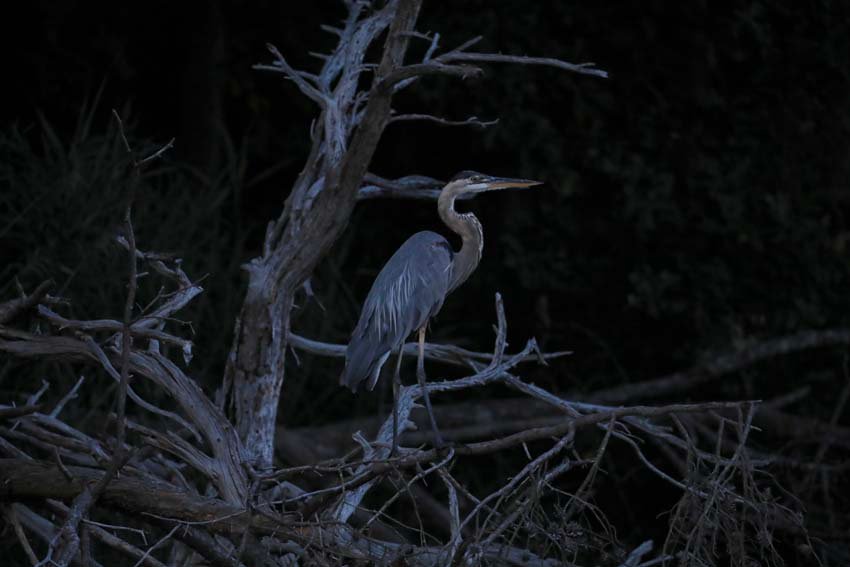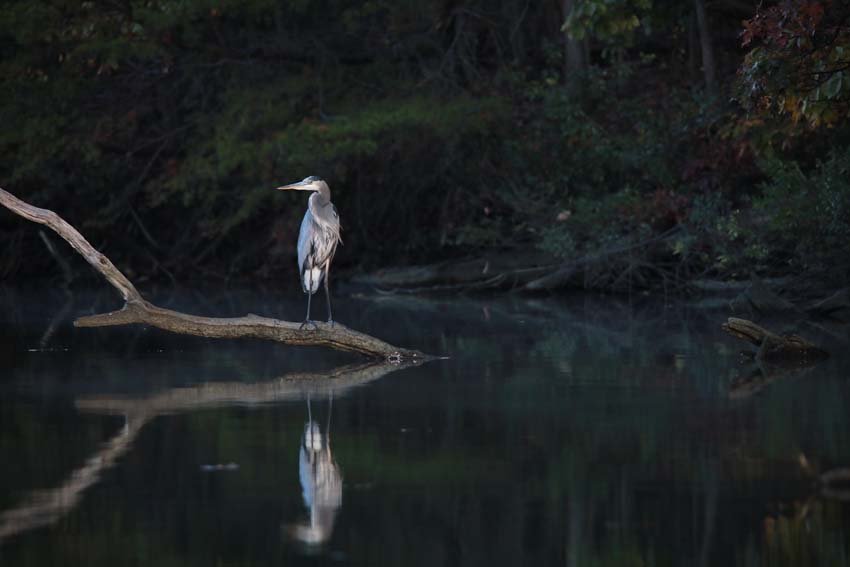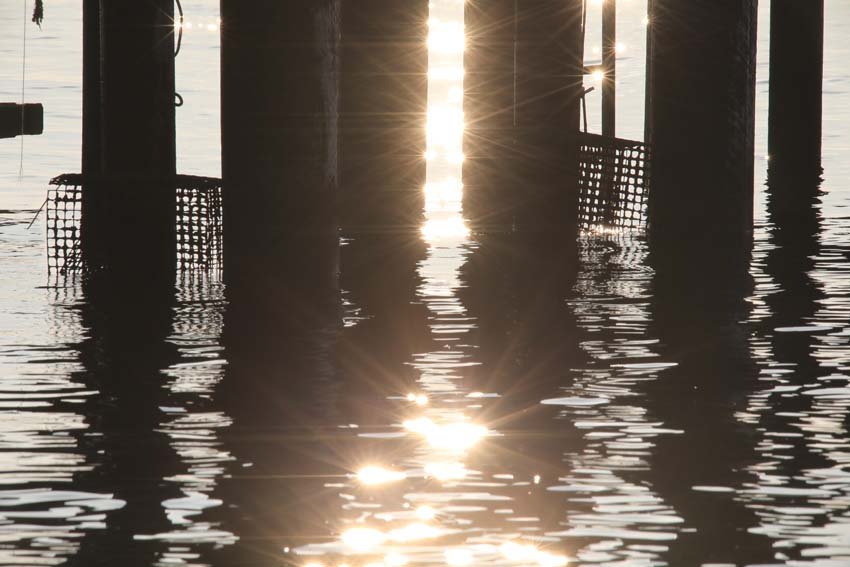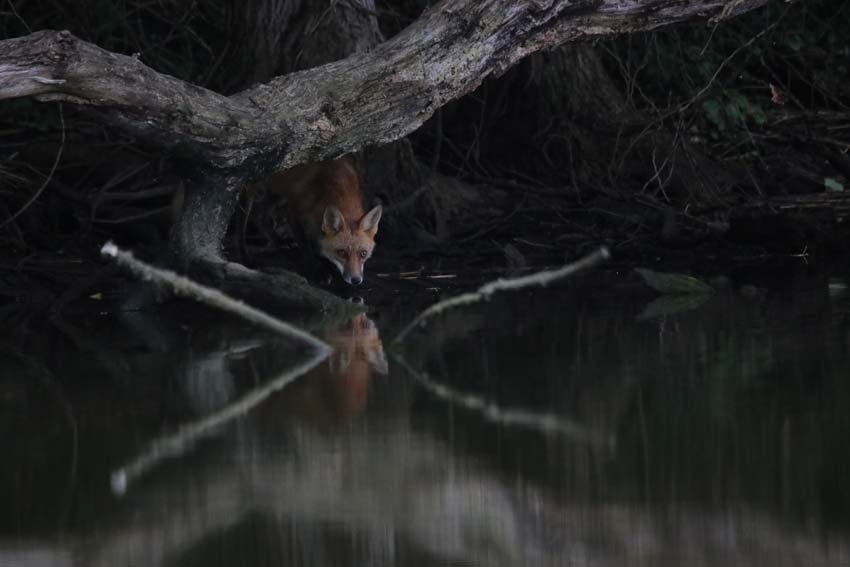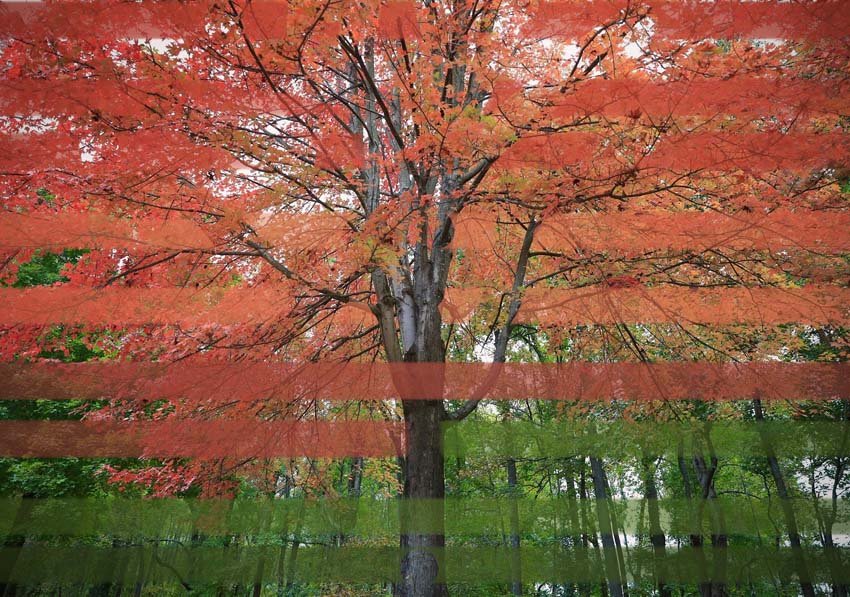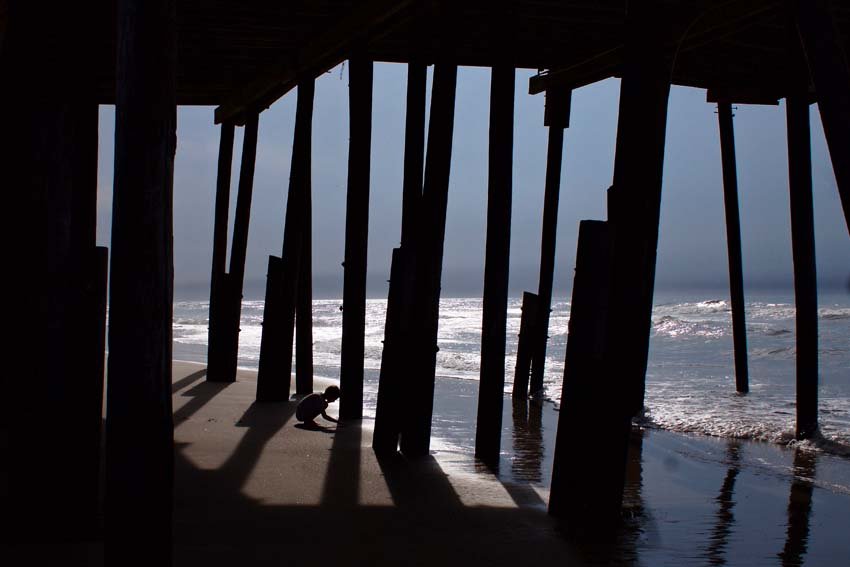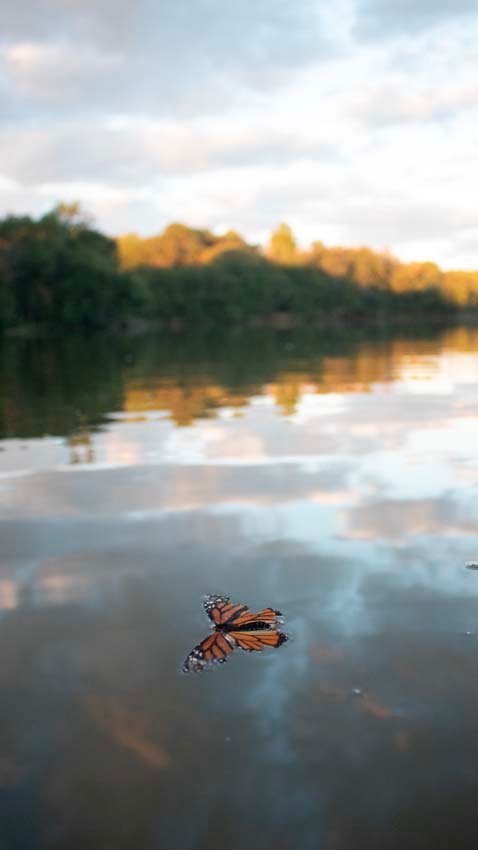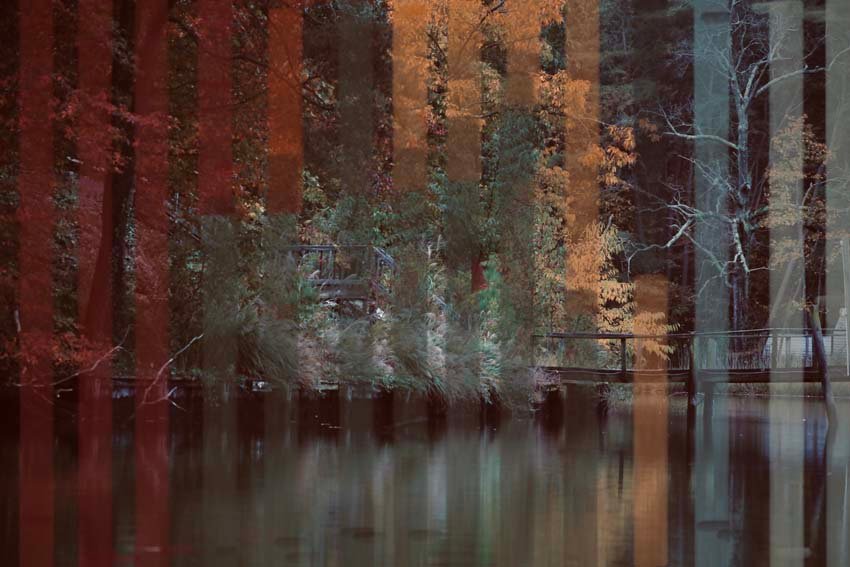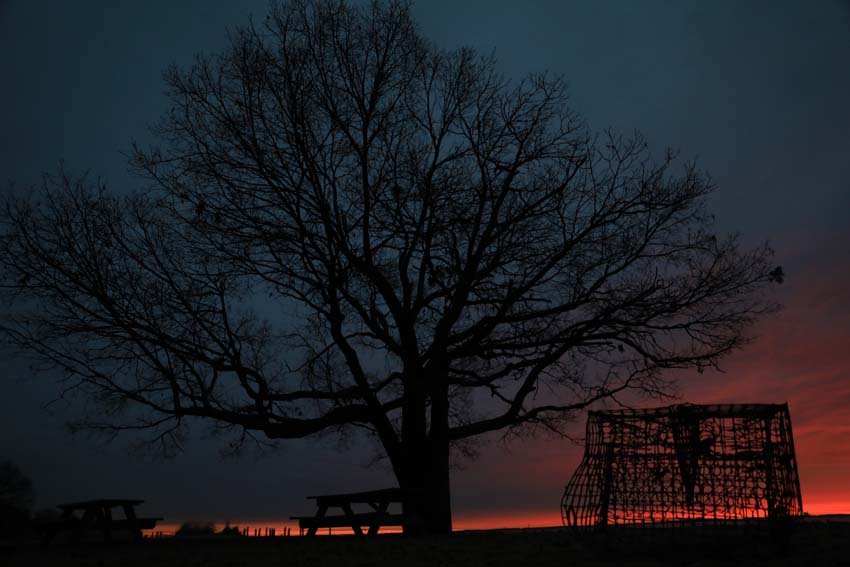+ By Desiree Smith-Daughety + photography by Karen Davies
A huntress plies the waters of the creek by her Annapolis home, her quarry elusive.
Photographer Karen Schultz Davies, a self-professed tree lover, tree hugger, and nature girl, questioned how people could just sit and fish—until she found herself “fishing.” Her quarry is what she terms a “crispy shot” of a fish in midair, jumping from the water, which she captured by lens. “Photography, other than sleep, is the only thing in this world that can keep me still and teach me patience,” she says. “And even then, I’m on the move.”
Year round, Davies goes out on the water on her standup paddleboard or in her kayak. Working with the water’s movement, she balances her craft and takes photos. While her body can sit quietly for that length of time, she provides her dancing mind with novelty such as challenging herself to capture something unique. She once captured a deer in mid-jump—a terrestrial tease for the aquatic subject-prey she seeks. She also teaches herself photography, such as how to use her camera’s f-stop, or plays with lighting.
Davies has always been drawn to nature. A cross-country drive in 1997 sparked her curiosity about working in national parks. She applied for and got a job working in Yellowstone National Park at the Old Faithful Inn, followed by stints in Arizona, Alaska, and Hawai´i. These adventures got her focused on nature photography and were where her love of trees grew into an obsession. As a loner, she was unbothered by the lack of human socializing, perfectly content to commune with the trees with which she shared space.
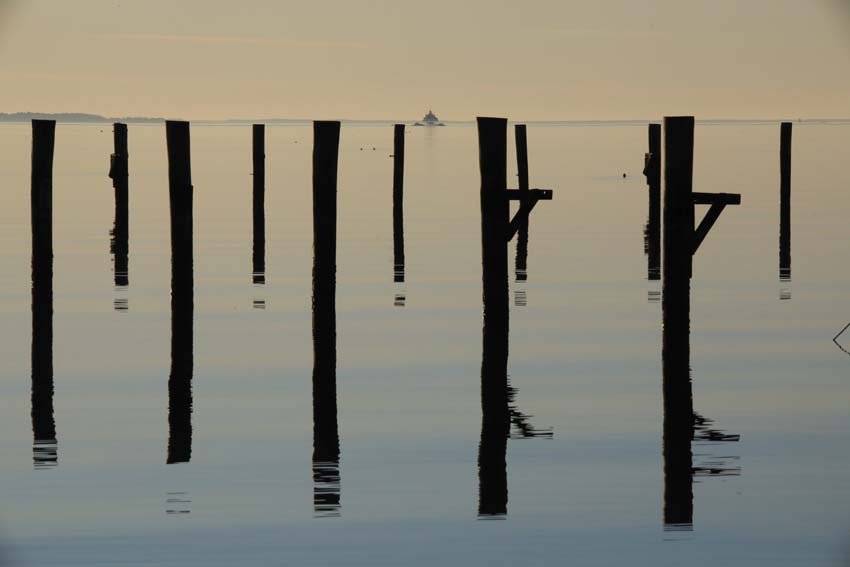
When she began snapping photos, she discovered that what her eyes took for granted as visually obvious, others’ did not. She had always wanted to be a painter and to be able to draw. While she felt unable to translate what she saw into paint, she found that she could do that with a camera. A love for the darkroom developed—the birthing of a photograph and particularly how to process what her eye saw.
“But then digital came out, and I was salty about it,” says Davies. She found herself resistant to the change, taking a purist’s stance on how a photograph should be coaxed to life. An uneasy truce with digital photography was formed when her husband, Jimi Davies, and her family purchased her first digital camera—a Canon EOS SLR—as a Christmas gift in 2004.
Creativity is in her blood, and that photography gene may have come from her grandfather, an amateur photographer. He bought Davies her first camera when she was six years old. She inherited his darkroom supplies, eventually building her own darkroom. She counts her mother, who passed away in 2019, as having been her biggest fan and supporter. Davies describes her as a talented artist who only had time to doodle in the phone book while on calls between working full-time and raising four children. Three older brothers had a hand in shaping her artistic side. Rodger is a successful painter, artist, and potential collaborator on her One Mile project (for which all are photos taken within that distance). Gregg, a lawyer, developer, and designer, bought Davies her first laptop to go with her first camera. Of the computer, Davies says, “Still to this day, we reject each other.” Kevin, described as her “ride-or-die bro,” got her a macro lens to better suit her shooting style at the time.
Davies attributes her struggle to sit still to her attention deficit hyperactivity disorder (ADHD) and says it’s the reason she and computers haven’t quite meshed. She discovered that she requires vigorous exercise, such as a 20-mile bike ride or a 15-mile in-line skating session, to manage ADHD symptoms. Since moving to her current home in 2015, she paddles to a nearby beach each morning, her camera substituting for breathwork and mantras. She started posting photographs daily so that others could also appreciate nature.
“I shared lots of photos with reflections that have an almost kaleidoscope effect because it was impossible for me not to see them everywhere,” she says. “The patterns of a tree reflecting and connecting back its own image would form these sort of creepy or eerie images, like the creek was alive. I called them CreeKers.” Her show at Pip Moyer Recreation Center in 2016 featured these photos. During her first show, in 2007 at Metropolitan Kitchen and Lounge, every piece sold, including the first digital photograph she ever took.
Aided by Davies’ eyes, some of her neighbors have apparently begun to appreciate their surroundings more. “You don’t have to go on vacation to see something beautiful—wildlife, birds,” she says. “Everyone needs to do a minute outside for their mental health.”
“I would now like to incorporate people in my photos,” she says. “I’ve grown as a person and [am] not as nervous . . . trying to do what I’ve always done with photos but add[ing] people. I want to broaden myself. Nature is always going to be involved!” Davies points to the COVID-19 pandemic lockdowns as when she experienced self-growth and reflected on the passing of her mother, which led to self-rumination. Perhaps because the world went quiet, her inner racing energy was able to do so as well. “I love my reclusiveness,” she says, “but I realize I need people and need to socialize.”
Her imagination fuels constant project ideas, including her 10-Year Tree project. Just as one might chronicle a human life, from birth to growth, to infirmity to death, Davies has followed the life cycles of specific trees near her home; October marks the ninth year.
During moments of solitude, camera in hand, Davies visualizes her path forward, new projects, and new skills. While previously she only used natural lighting in her photos, she recently worked with local photographer Gregg Boersma to learn about the technique of using artificial lighting outside, and she may introduce it into her work.
As she has built confidence in her camera capabilities, supplemented by the positive feedback she’s received from people online who say that they enjoy her daily posts and not to stop, her courage has also been building to use her camera to make a living. “All of my insecurities of my lower 45s [early 40s] have brought me to where I am now,” she says. “What I built and did nothing with, I now will.” She photographed weddings when she was younger, forcing herself to try to fit into that style and manner of seeing a scene, but she won’t venture there again. She is, however, interested in expanding into portrait-style photography.
Her camera has helped her learn about herself and what works for her. Where she once thought of herself as having lacked focus all her life—underscored by school report cards that seemed to amplify this notion—she has learned that she focuses well if she has her camera in hand. She often thinks of her impact and how she’ll be remembered. She hopes to have inspired people through her positive energy, whether or not they know it’s from her.
Davies has toyed around with her phone’s mark-up editing tool on old photographs to pass the time during stretches when she’s waiting for something. Asked whether this could lead to her using advanced technology such as Adobe® Photoshop® software, she replies, “It requires sitting at a boring computer. Impossible!” █
For more information,
visit earthtolulu.com.
